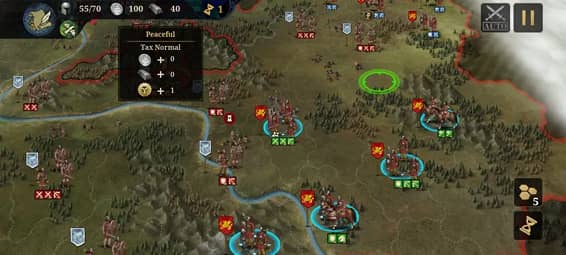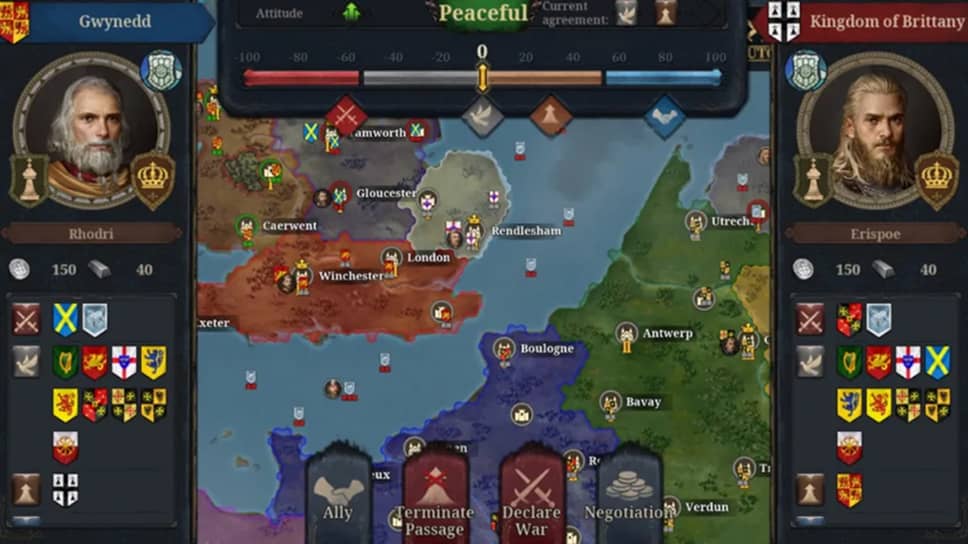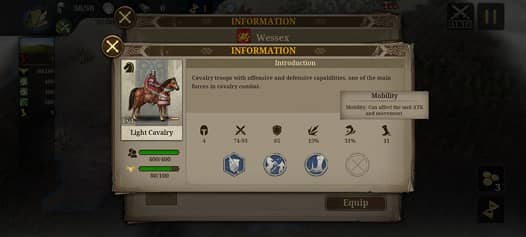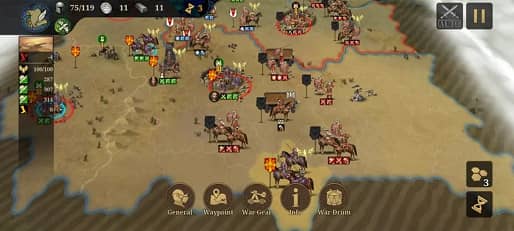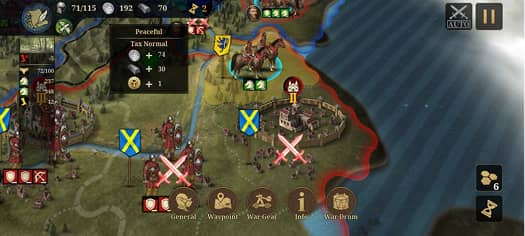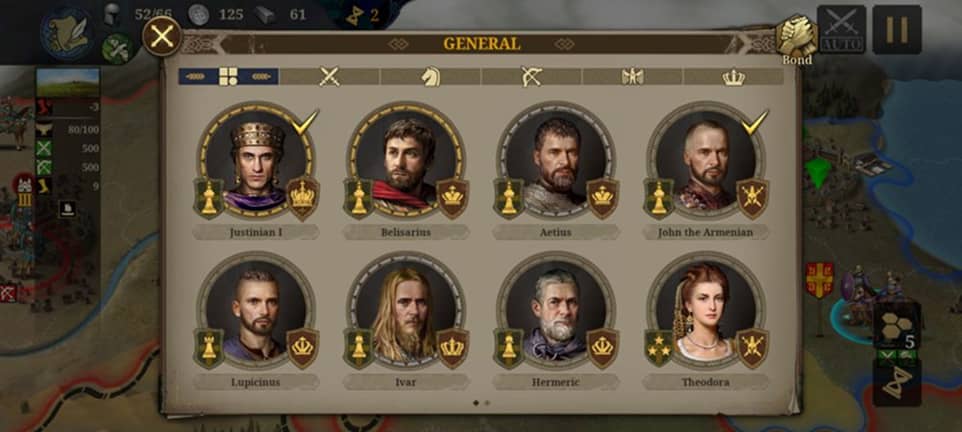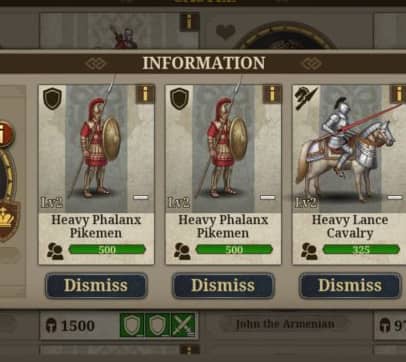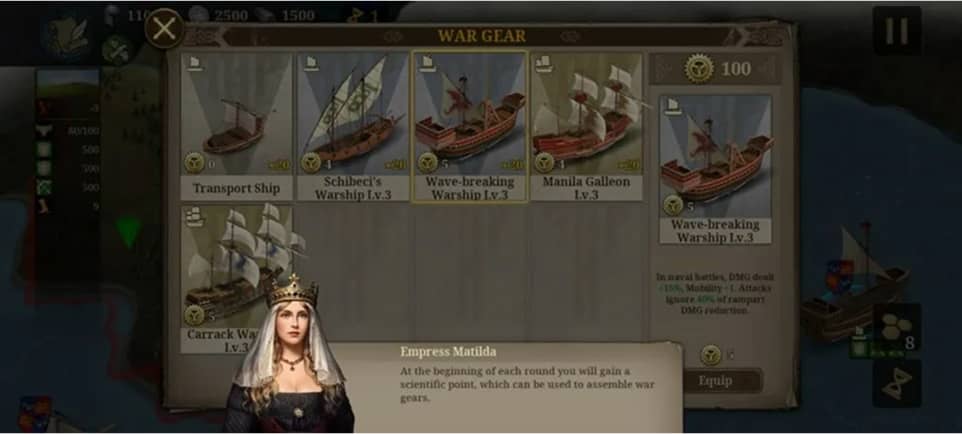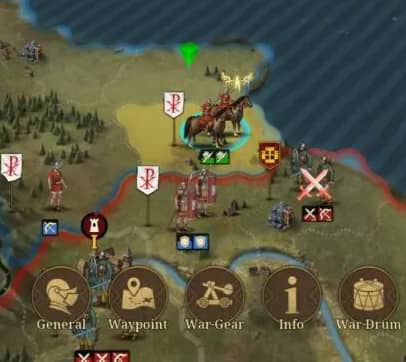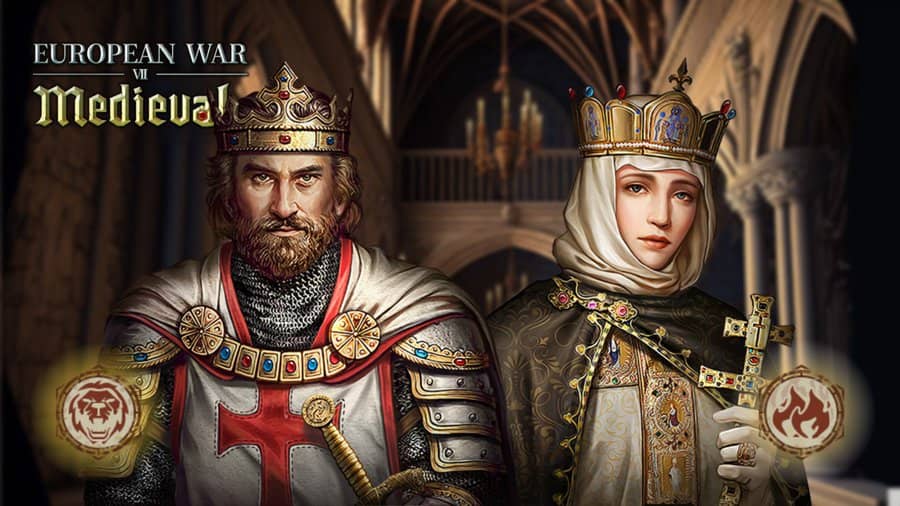European War 7: Strategy and Conquest in History
The European War series, developed by EasyTech, has established itself as one of the most prominent in
the turn-based strategy genre. Since its inception, it has offered a balanced mix of history, military
tactics and resource management, elements that have captivated strategy fans. European War 7 is the
latest installment of this saga and comes with improvements in graphics, mechanics and a deeper gameplay
experience.
Throughout its history, European War has evolved to offer players a more immersive and challenging
experience. Each installment has introduced new features that have refined the gameplay and allowed the
game to remain competitive within the strategy genre. European War 7 is no exception and is presented as
a work that combines historical fidelity with attractive gameplay mechanics. Players can immerse
themselves in a world where strategic decision-making is key to victory. In this paper, we will explore
in detail what makes European War 7 special, from its gameplay to its game modes, key strategies and its
relevance in the world of strategy games.
Gameplay and Mechanics
One of the reasons for the success of European War 7 is its strategic turn-based combat system. The game
allows players to take control of different nations and command armies in historical campaigns. This
approach allows each match to be a unique experience, as the outcome of each confrontation depends on
multiple factors, such as the composition of the army, the strategy used and the historical context in
which the battle takes place.
The combat system in European War 7 is deep and challenging. Every battle requires careful planning, as
it is not enough to send troops into combat without a defined strategy. It is necessary to consider
factors such as the terrain, the disposition of units and the strengths and weaknesses of each army. The
variety of units available adds an additional layer of complexity to the game. Infantry, for example, is
essential in most engagements, but its effectiveness may be reduced if the right tactics are not used.
Cavalry, on the other hand, offers mobility and quick attack capability, but is vulnerable when facing
well-positioned units. Artillery provides great firepower at long range, but suffers in close combat.
The combination of these units and their proper management on the battlefield make the difference
between victory and defeat.


The game also incorporates a morale and fatigue system that influences troop performance. As a
battle continues, units can lose effectiveness if they are not allowed to rest or are constantly
under attack. The morale of soldiers may be affected by the presence of an experienced
commander, consecutive victories or lack of supplies. Properly managing these factors is crucial
to maintaining an effective army in combat.
In addition to combat, the game introduces elements of resource management. It’s not just about
winning battles, but also about managing economies, researching new technologies and negotiating
with other nations. Diplomacy is key in many campaigns, allowing strategic alliances to be
formed or treaties to be broken as the player chooses. This strategic dimension adds depth to
the game, as success depends not only on tactical skill on the battlefield, but also on the
ability to make long-term decisions. The accumulation of gold and resources allows you to
upgrade units, build fortifications and unlock new technologies that can make a big difference
in longer and harder battles.
Compared to its predecessors, European War 7 introduces significant improvements that take the gameplay
experience to a new level. Artificial intelligence has been improved, meaning enemies are now more
challenging and respond more effectively to the player’s actions. Simple tactics are no longer enough;
now opponents can adapt to the player’s strategy, flank weak positions and use defensive formations when
necessary. This evolution in AI adds a new layer of realism and challenge to the game.
Another fundamental aspect of the gameplay is the general system. Each military leader has unique
abilities that can influence the battle in significant ways. Some generals are skilled in the offensive,
increasing the attack power of units under their command, while others can specialize in defense,
granting bonuses to the resistance of their troops. Choosing the right general for each situation is key
to maximizing the army’s performance and securing victory in the toughest engagements.


